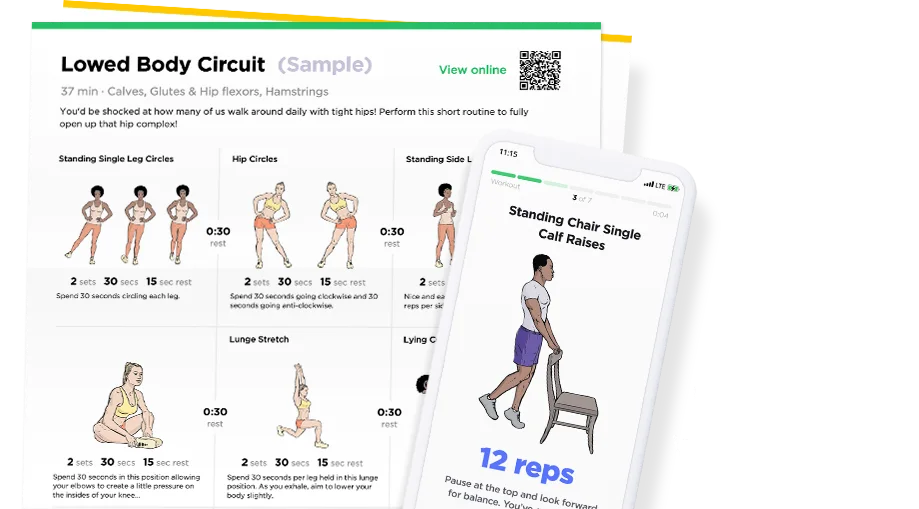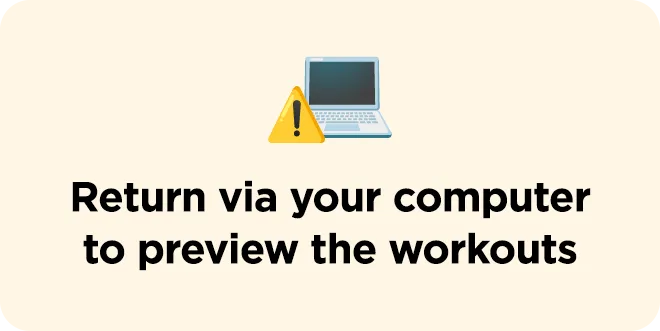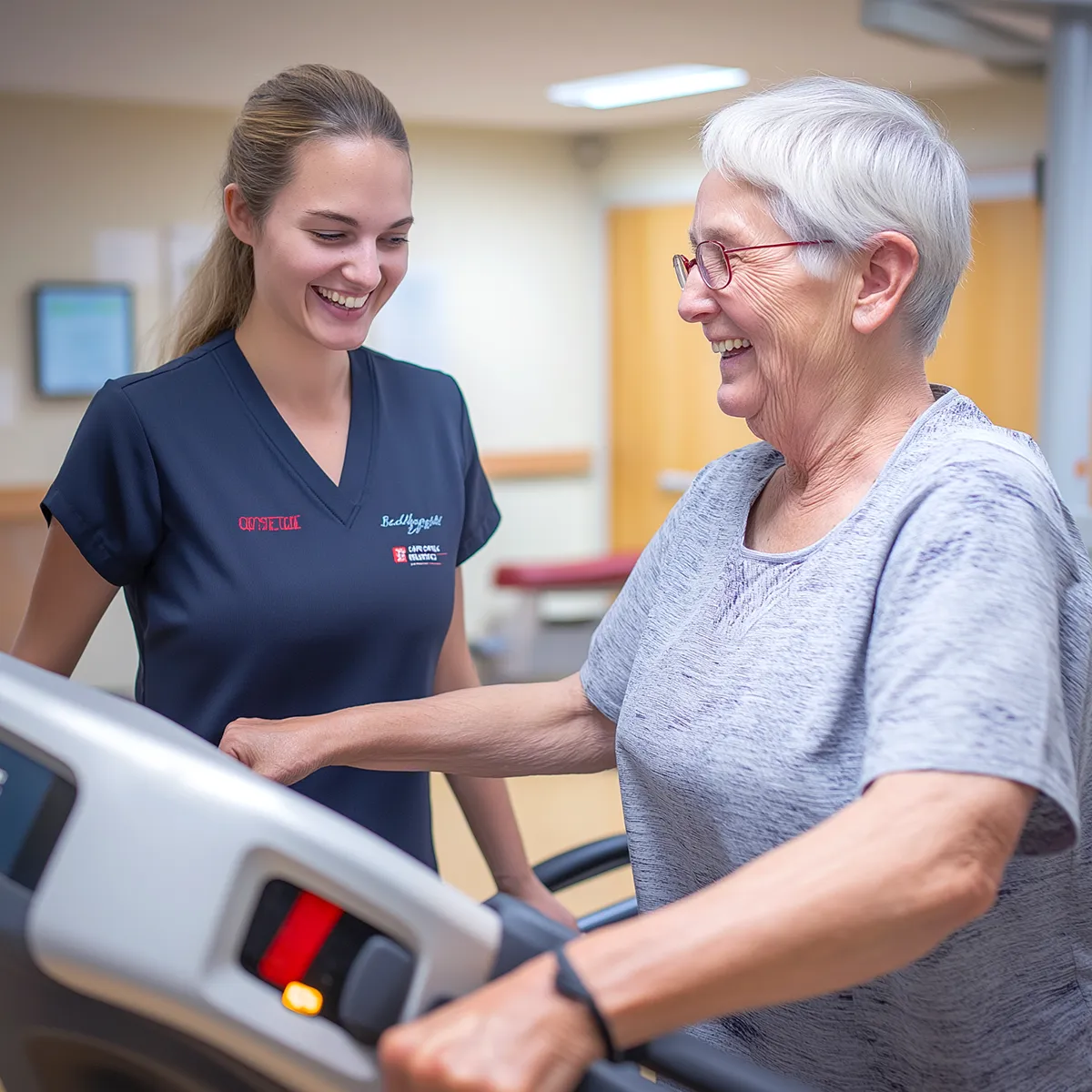Elastic Energy: Flexibility & ROM Program
A gentle, home-based flexibility program improving joint health, range of motion, and daily functional mobility for low-level cardiac rehab patients.

This program is designed for phase 2-3 (outpatient to maintenance) cardiac rehab patients with a low functional level and low risk, aiming to enhance joint health and mobility. It focuses on stretching & flexibility training to improve your range of motion, using a mat and open space for gentle exercises at a beginner progression level. As a home-based (telehealth, self-guided) program for all ages, it helps you regain ease of movement through basic stretches, progressing to functional mobility, empowering you for daily activities and long-term wellness.
Exercise program details
Benefits of Flexibility Training
- Stretching promotes better blood flow to muscles by loosening tight areas and improving overall mobility. This means oxygen and nutrients are delivered more efficiently.
- Joint ROM can be improved immediately after performing stretching exercises and has shown chronic improvement after 3-4 weeks of regular stretching 2-3 times per week.
- Postural stability and balance can also be improved by consistently engaging in flexibility exercises.
- Holding a single flexibility exercise for 10-30s to the point of tightness of mild discomfort is most effective. Older adults can benefit from holding a stretch for 30-60s.
- Alignment with AACVPR/ACSM Guidelines: This Phase 2-3 program is performed at an intensity of slight discomfort or tightness, fitting outpatient-to-maintenance guidelines for low functional patients. Frequency (2-3 sessions/week, with daily being most effective) and extended duration (30-60 min) support ROM gains, with 5-min warm-ups (RPE 8-11) and 7-8 min cool-downs (RPE 8-9) meeting prep/recovery standards.
- Optimal Number of Workouts: Three workouts per block provide variety and progression, with 5-6 exercises ensuring comprehensive joint coverage. Durations (30-60 min) and stretch holds (30 sec to 60 sec) align with Phase 2-3 expectations for low function.
- Only hold a stretch to the point of mild discomfort. If sharp or shooting pain occurs, release the stretch immediately and seek modifications from clinician.
- If any exercise cannot be done safely (e.g., standing or floor exercises) or is uncomfortable, seek modifications from clinician.
- Claudia Giacalone, MS, ACSM-CEP, CCRP, ACSM-EIM 3
- Sean Fournier, MS, ACSM-CEP, EIM-3
Disclaimer: Clinicians should review this program carefully to ensure its appropriateness and safety for each individual patient before assigning it.
Updated Mar 27, 2025



